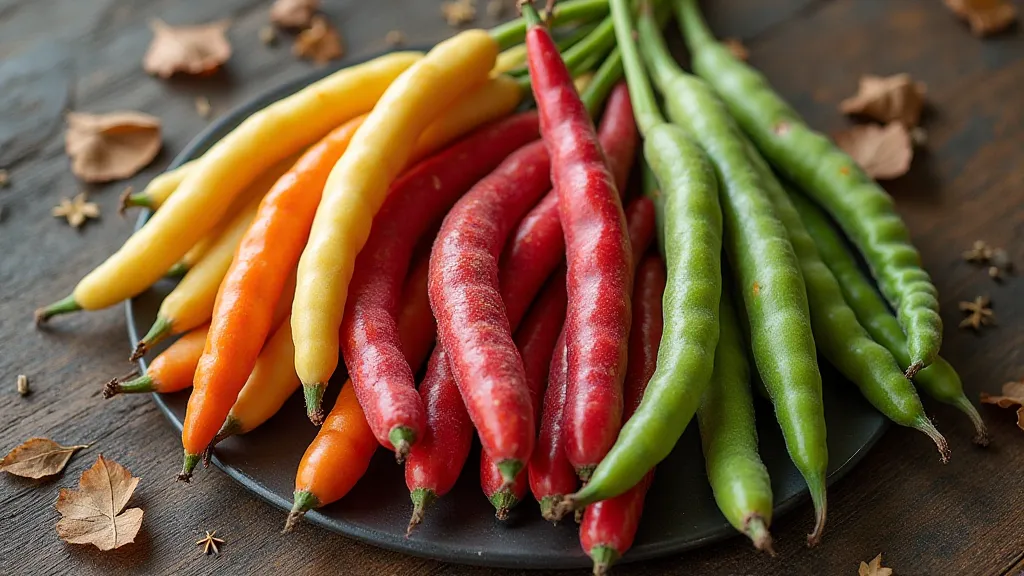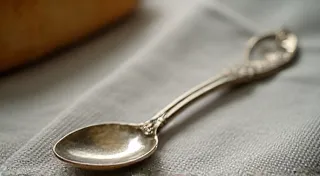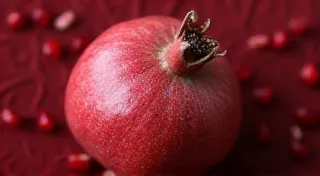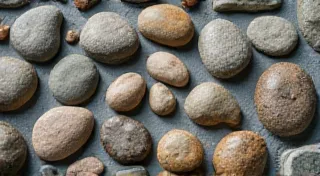The Bean's Cipher: Unlocking Secrets in Bean Pod Morphology
There’s a certain melancholy beauty to antique accordions. The bellows, once resonating with vibrant life and laughter, now stand slightly stiff, showing the wear of countless melodies played under flickering gaslight or beneath sun-drenched skies. Each dent, each scratch, tells a silent story. I feel a similar sense of reverence when examining heirloom beans. They, too, are repositories of history, whispers of generations past, and surprisingly eloquent communicators of their environment. While the accordion’s voice is music, the bean’s is visual – a subtle, complex cipher etched onto its pod.
For years, I’m ashamed to admit, I simply harvested beans. Rows of vibrant green, plump and ready for the table. I appreciated their taste, their versatility, but I didn’t observe them. I missed the narrative unfolding right before my eyes. It wasn’t until I started focusing on heirloom varieties – Scarlet Runners, Jacob's Cattle, Vermont Cranberry – that I realized beans were speaking a language I hadn't learned.
The shift began with a particularly dry summer. My Jacob’s Cattle, a stunning variety known for its mottled red and cream pods, started producing beans that were… different. Instead of the robust, thick pods I’d come to expect, they were thin, shriveled, and often oddly curved. I initially attributed it to poor seed quality, but upon closer inspection, I realized the problem wasn't the seed, but the conditions. That's when I began to see the bean pod as more than just a vessel for a tasty snack; it became a visual diagnostic tool.
The Historical Echo: Why Heirloom Beans Matter
These aren’t the beans engineered for uniformity and high yields found in modern supermarkets. Heirloom beans, by definition, are varieties passed down through generations, often saved from harvest and replanted. They represent a connection to our agricultural past, a heritage of flavor and resilience. Unlike modern cultivars, often bred for specific characteristics and sometimes dependent on external inputs, heirlooms are often adapted to local conditions through natural selection. Their genetic diversity is a treasure, and their unique characteristics are a testament to the ingenuity of past gardeners.
Think of the farmers who painstakingly saved seeds from the best-producing plants year after year. They weren't just growing food; they were curating a legacy. Their careful selection, passed down through families and communities, shaped the varieties we cherish today. Each bean holds a little piece of that history within its shell, and its pod often reflects the conditions of its growth. These are plants that have *lived*.
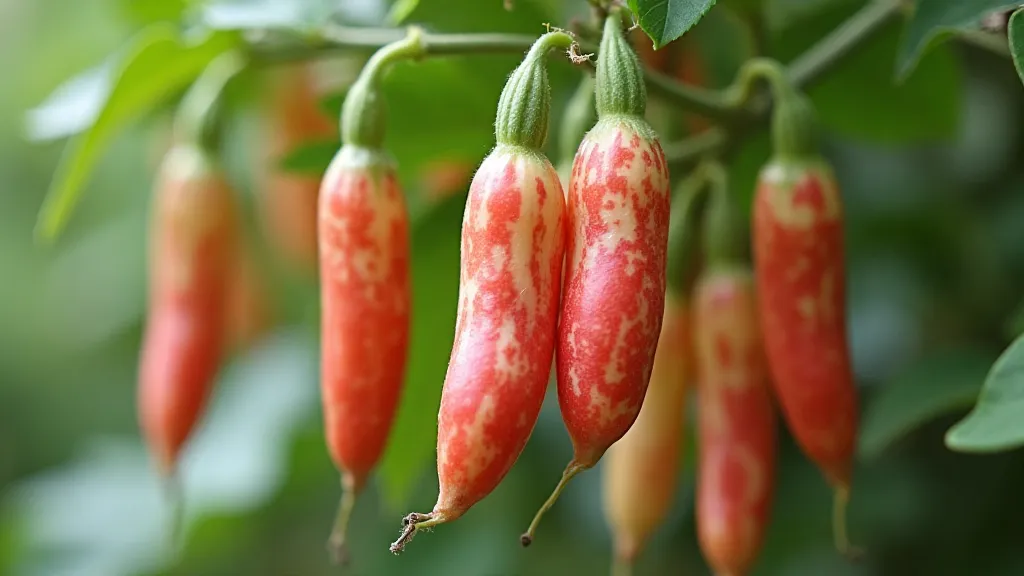
Decoding the Pod: A Visual Diagnosis
So, what exactly are we looking for? Let’s start with the basics. The shape, size, and color of a bean pod can all provide clues about its health and the environment it's growing in. A healthy, well-hydrated bean plant typically produces long, straight, plump pods. Deviations from this norm are the key. Curvature can indicate drought stress – the plant struggling to draw water to fill out the pod. Thin, shriveled pods often suggest nutrient deficiencies, particularly phosphorus or potassium. Uneven development, with one end of the pod significantly smaller than the other, can be a sign of pollination problems.
Color changes are also revealing. While heirloom varieties naturally display a range of colors, an unusual darkening or mottling can signal fungal diseases like anthracnose. A yellowing or pale appearance often points to nitrogen deficiency. The more familiar you become with your specific varieties, the more nuanced your observations will be. Just like a skilled accordion repairman can diagnose problems by the way a reed vibrates, you’re learning to “listen” to your beans through their pods.
It’s not just about individual pods either. The overall pattern of pod development on the vine provides context. Are the earliest pods developing normally, while later ones are struggling? This might indicate a gradual decline in soil fertility. Are pods concentrated at the top of the vine, while the lower ones are sparse? This could be a sign of shading or limited sunlight.
Environmental Stress and Bean Pod Morphology: A Story in Shape
The dry summer I mentioned earlier wasn't just about water. It was also incredibly hot. High temperatures can impact pollination, leading to misshapen pods and reduced yields. I learned to anticipate these challenges, adjusting my watering schedule and providing shade for my plants during the hottest part of the day. Understanding the relationship between environmental factors and pod development allows you to proactively address issues before they become serious.
I’ll never forget one season where I tried a new planting location, a spot that received significantly more afternoon sun. My Vermont Cranberry beans, normally vibrant and robust, produced pods that were much shorter and more compact. The intense sunlight seemed to stunt their growth. It wasn't a failure, but a valuable lesson in the importance of observing and adapting. Much like a collector learns the nuances of a particular accordion maker – the subtle curves of the keys, the distinctive patina of the finish – a gardener learns to recognize the impact of environment on their plants.
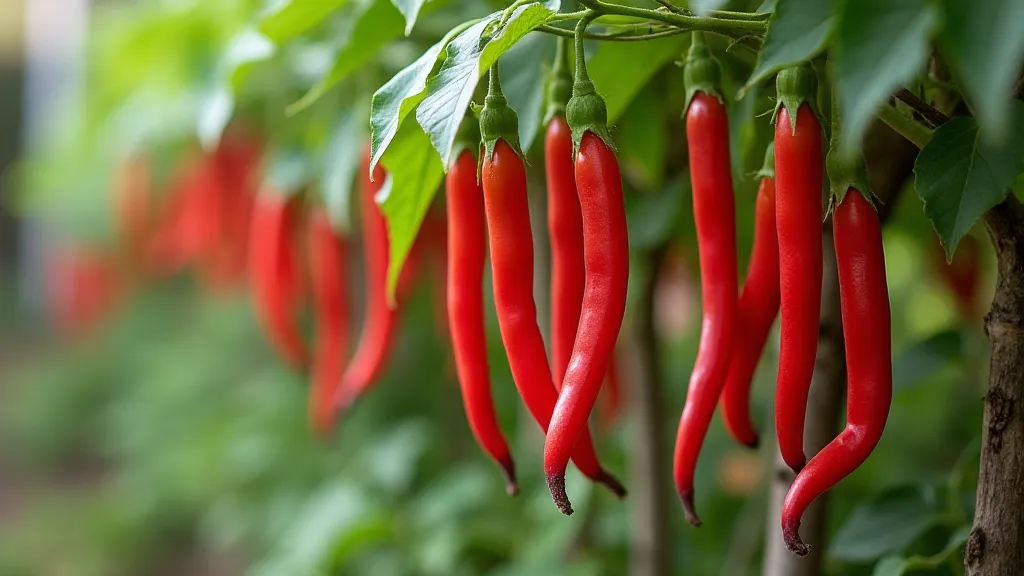
More Than Just Food: The Joy of Observation
Growing heirloom beans isn’t just about harvesting a delicious crop; it’s about connecting with the land, understanding the rhythms of nature, and appreciating the legacy of generations past. It's about slowing down, observing, and learning from the subtle cues that plants offer. Just as a skilled accordion restorer appreciates the beauty and craftsmanship of an antique instrument, understanding bean pod morphology fosters a deeper appreciation for the natural world.
The process is akin to piecing together a puzzle, each pod a clue in a larger narrative. You’re not just growing beans; you’re deciphering a code, a visual language that speaks volumes about the health of your plants and the environment they inhabit. It's a meditative practice, a way to connect with the earth and the people who have cultivated these treasures for centuries. And, perhaps most importantly, it allows you to grow even better beans next season, informed by the wisdom etched onto the pods of the past.
